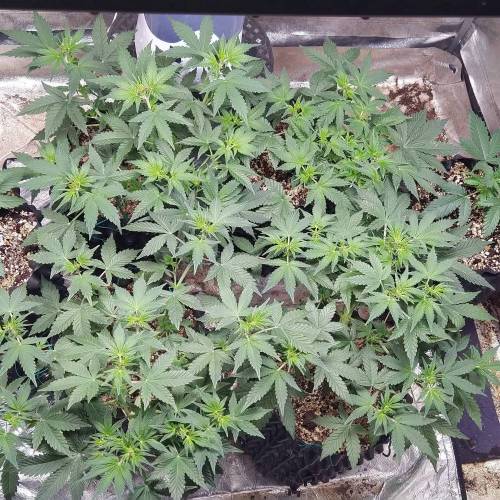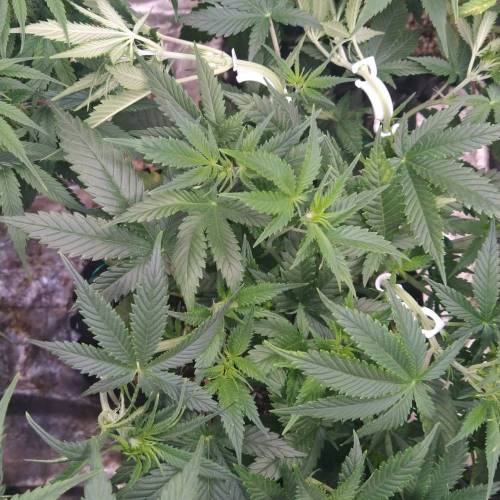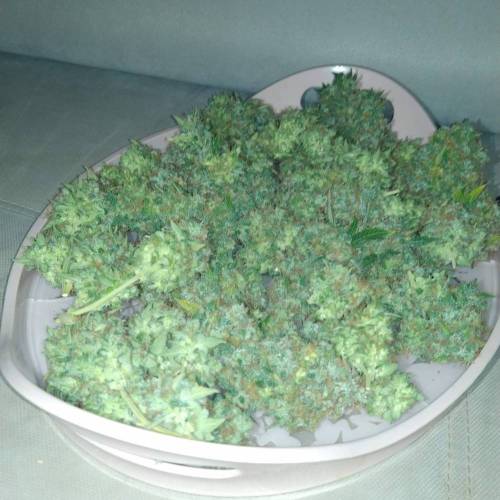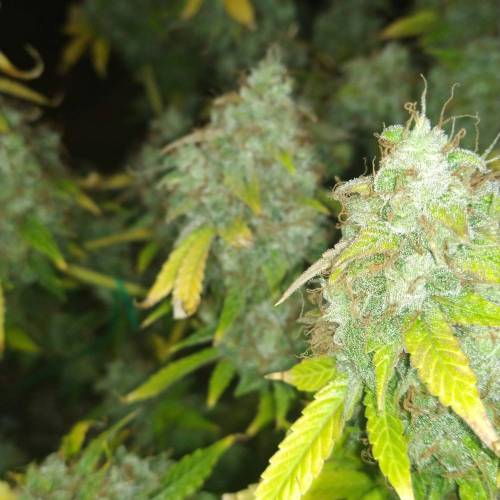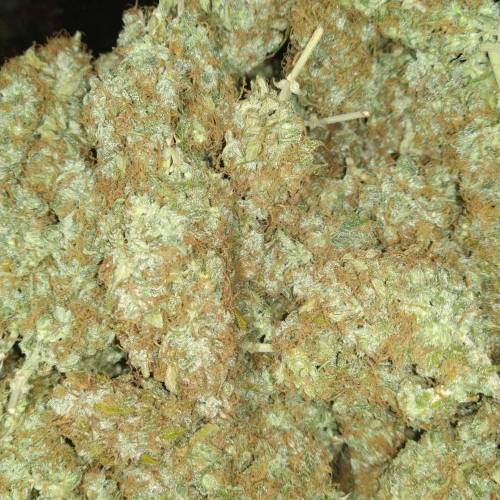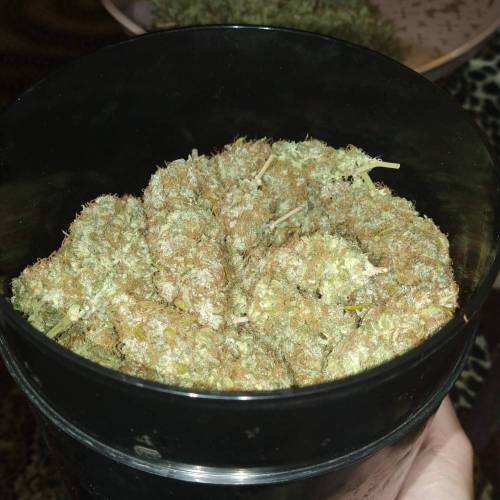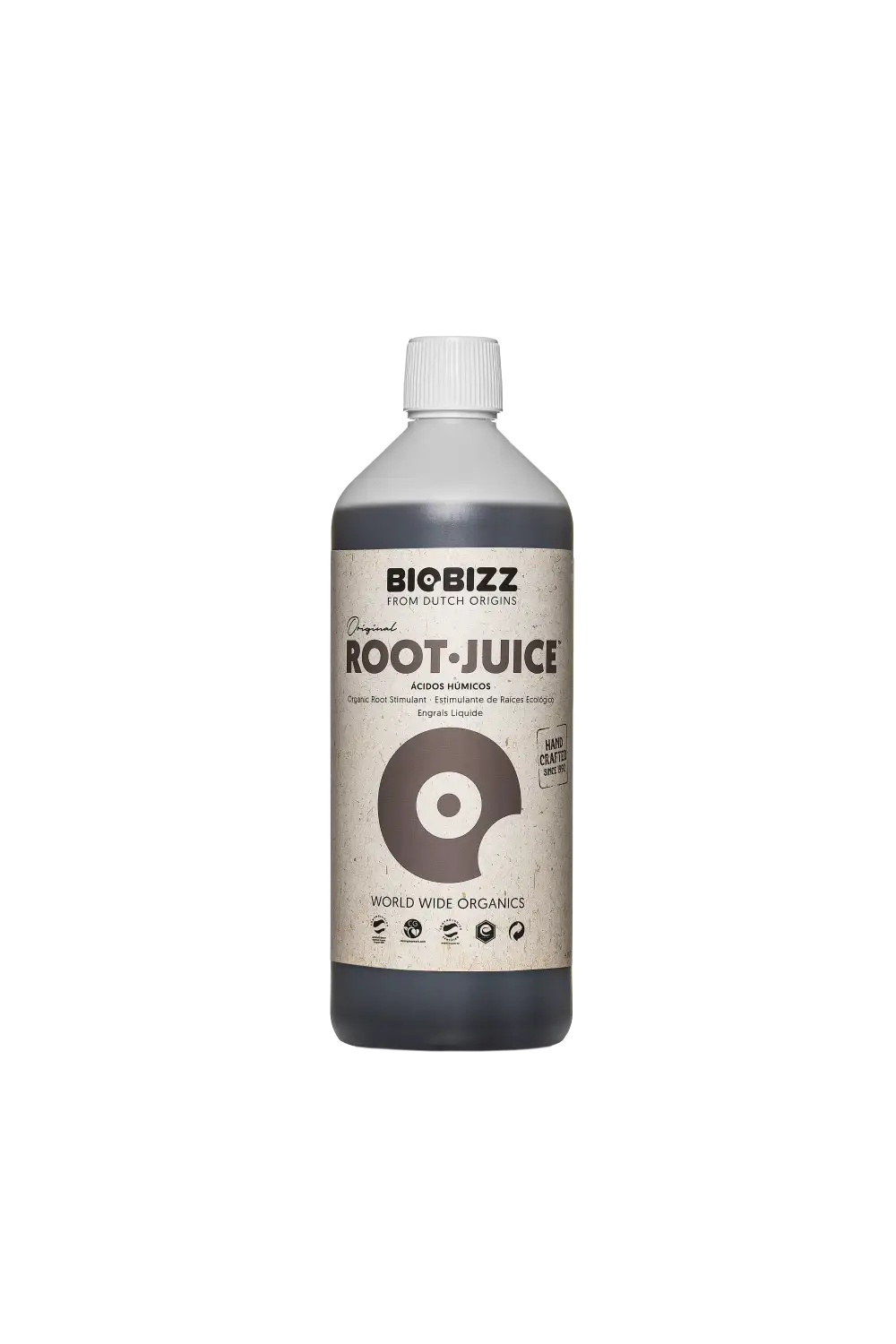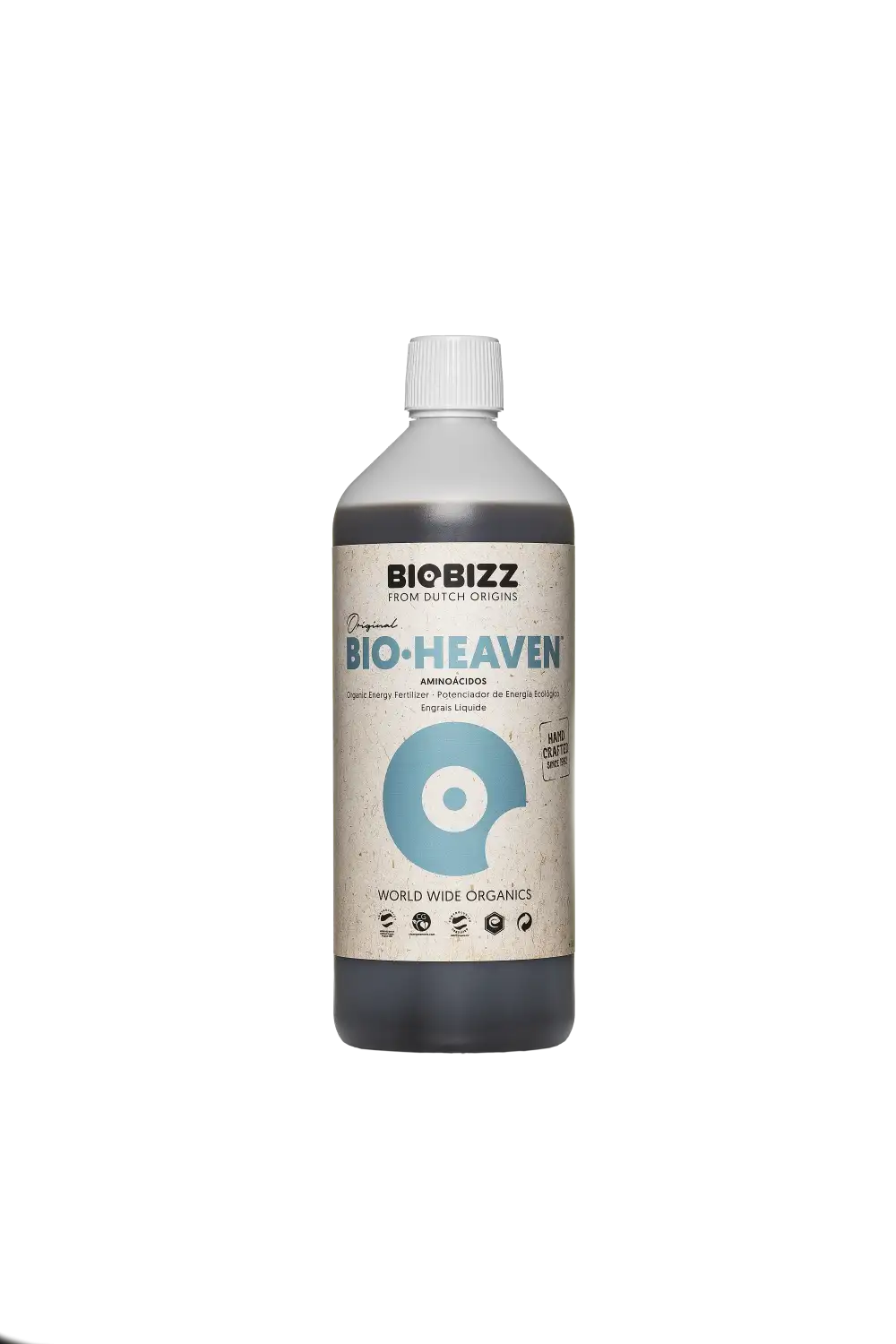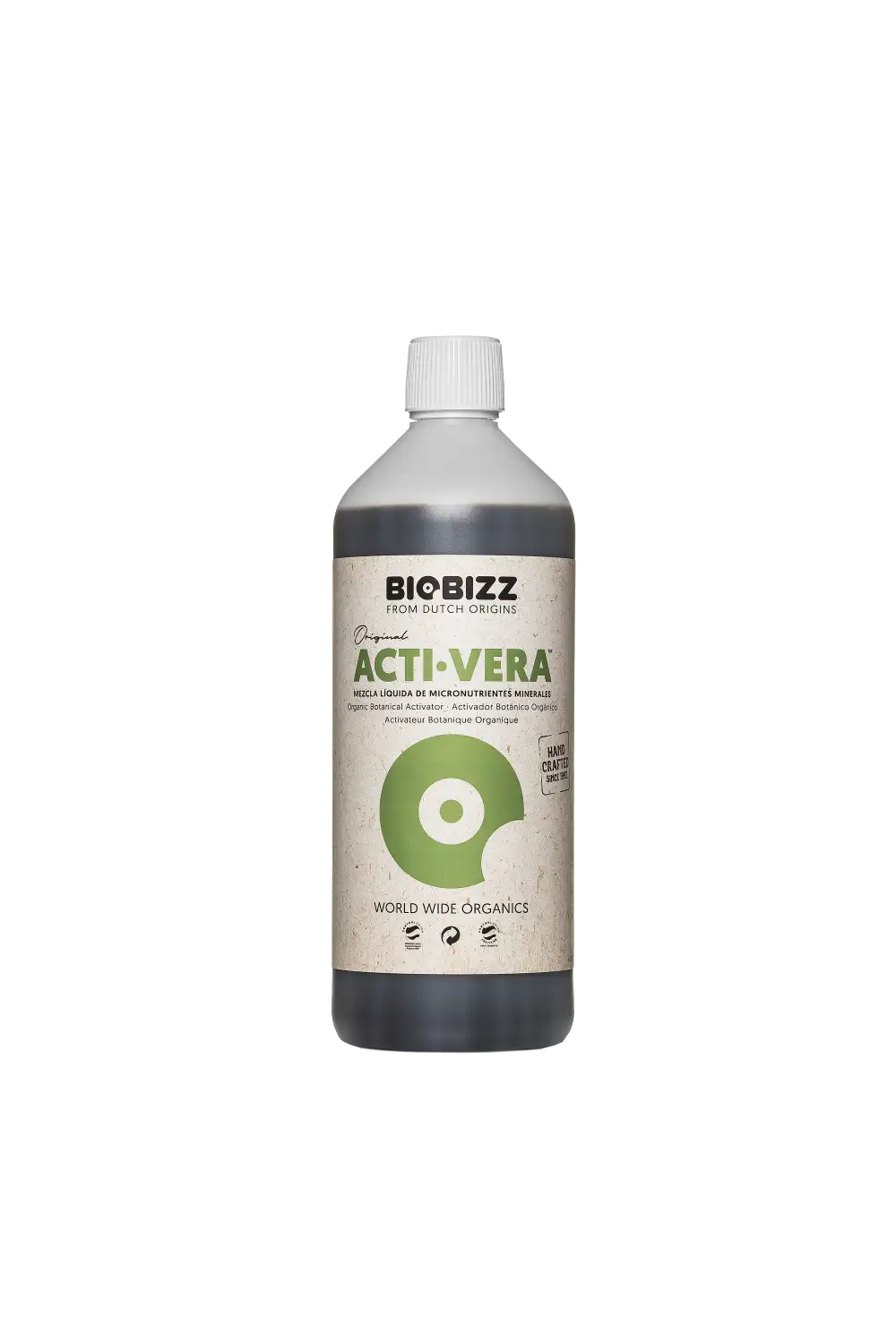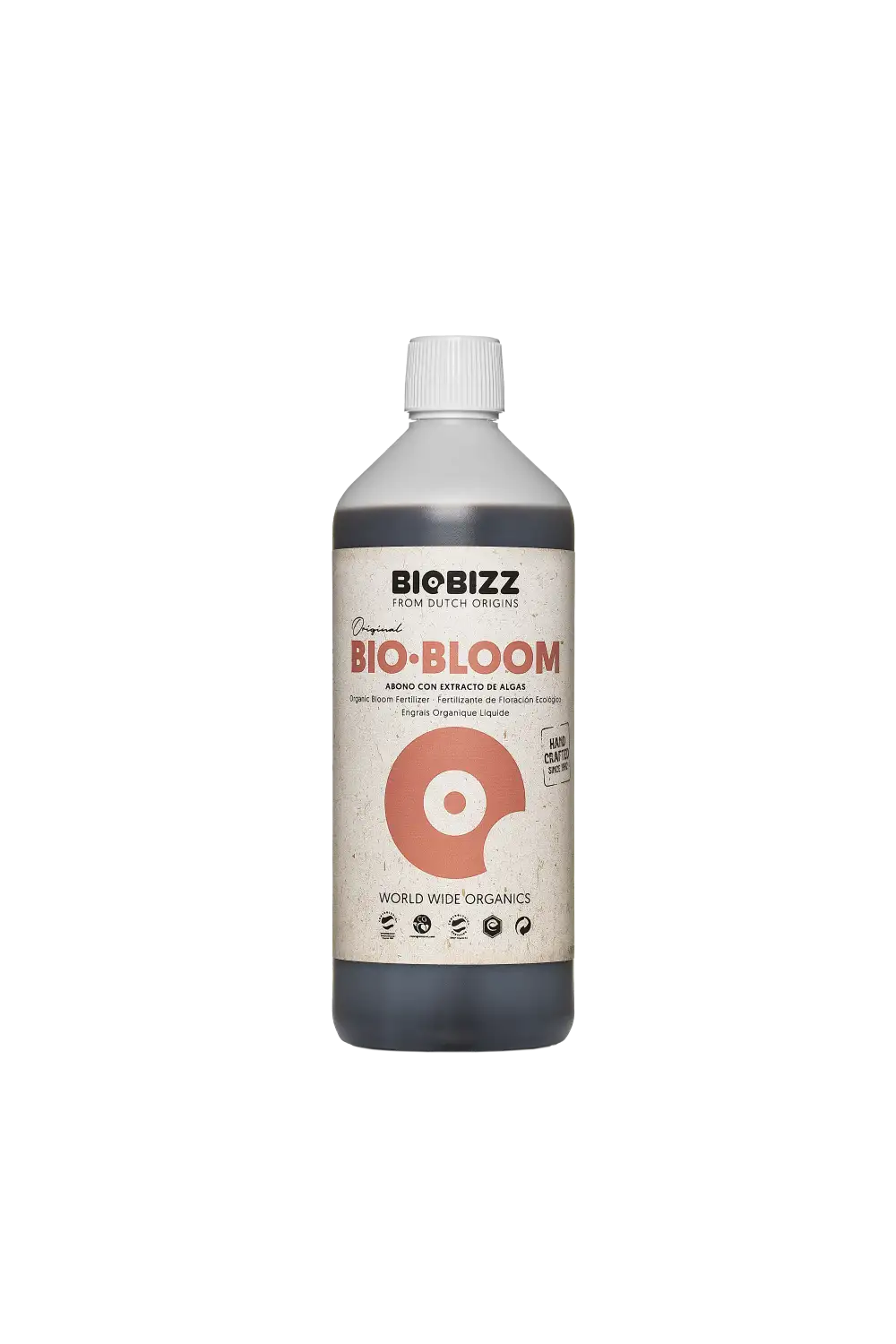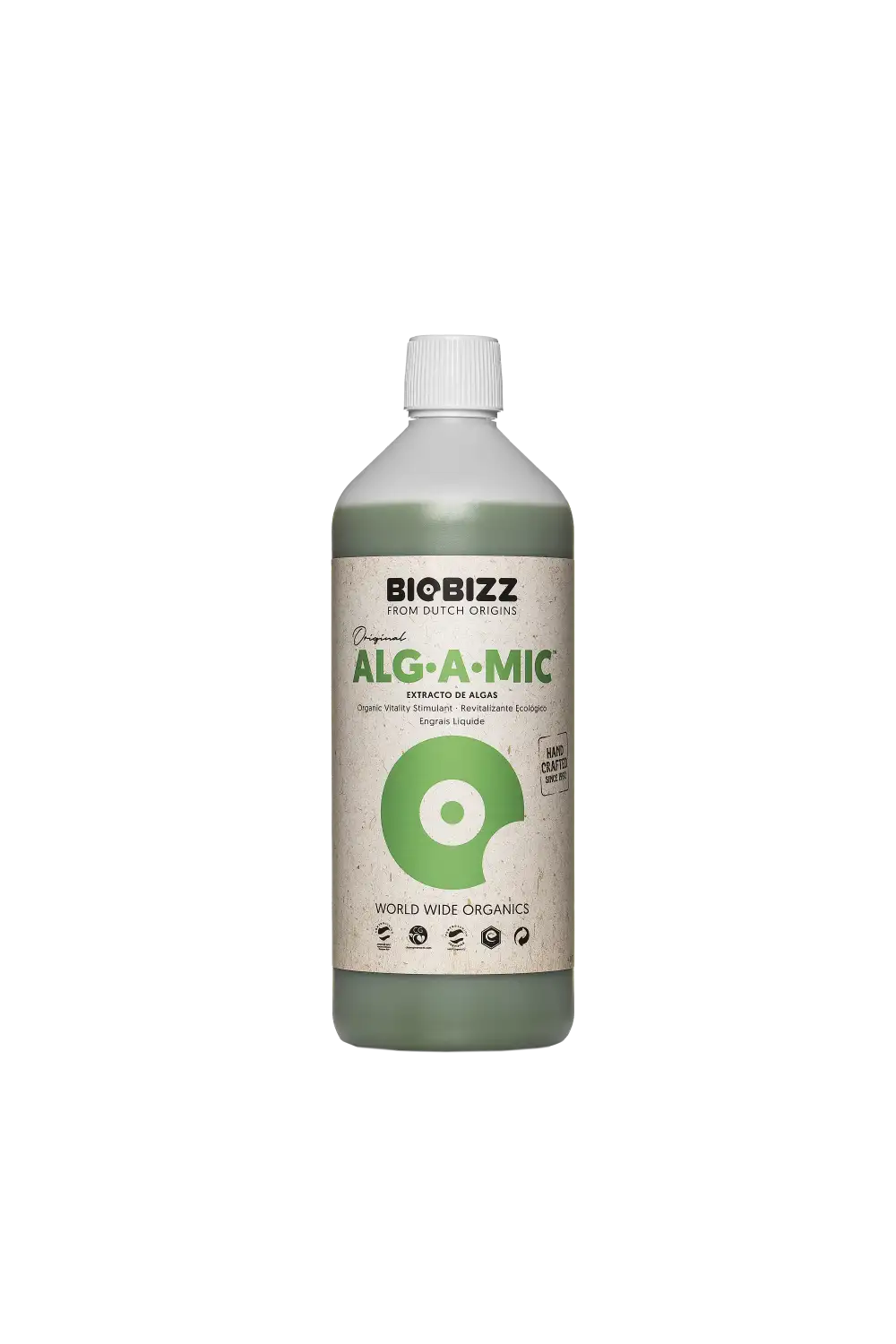The Grow Awards 2026 🏆 







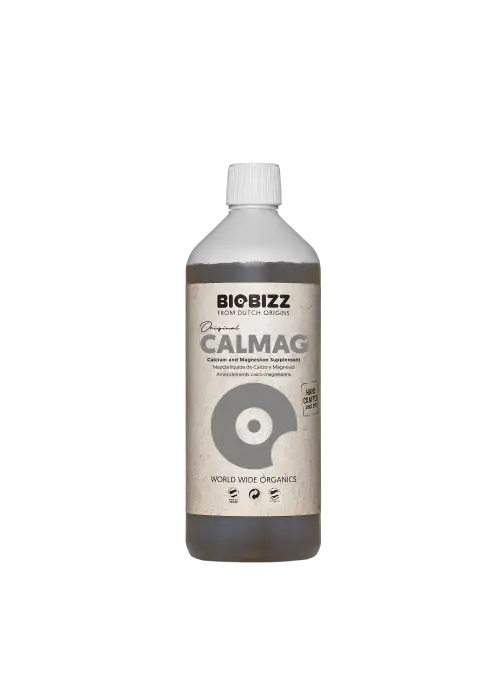


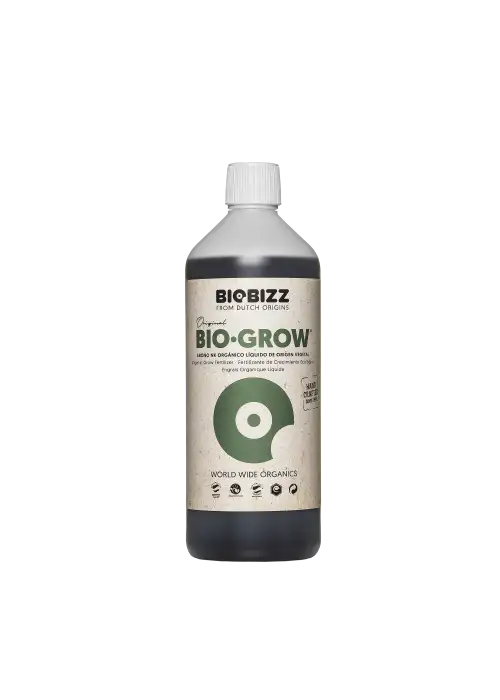












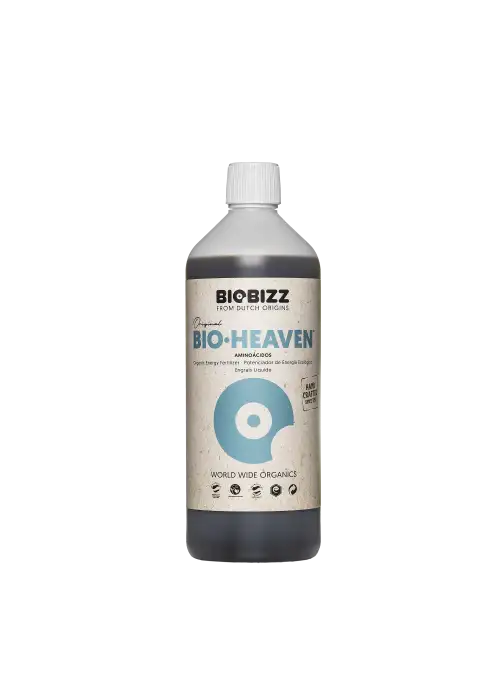

















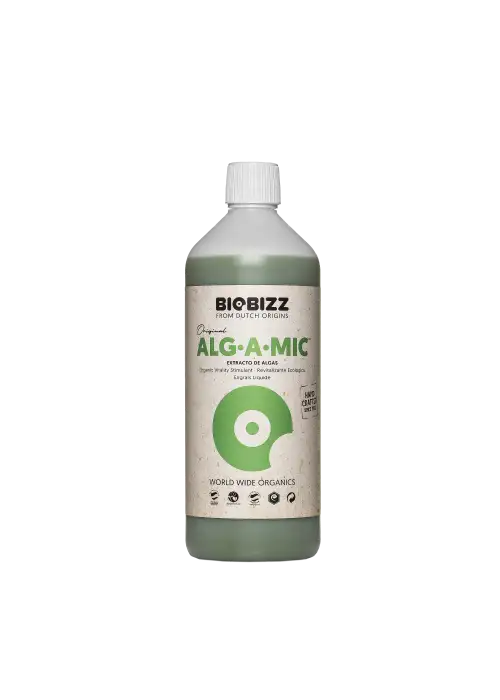













Afghani #1 Organics

VEG
Bava Green Light Emitting Diodes/240W
Bava Green

FLO
Bava Green Light Emitting Diodes/240W
Bava Green

FLO
Custom Light Emitting Diodes/100W
Custom
Soil
Custom
Perlite
Custom
Vermiculite
Custom
Expanded Clay
Custom
Indoor
Room Type
LST
weeks 2-6
Defoliation
weeks 4-6
8 liters
Pot Size
1 liters
Watering
Start at Harvest
G
Germination3y ago
Nutrients 1

Calmag
0.3 mll
ganzigunnu after 48 hours 4 of them germinated. I hope the other 2 will come within the next days.
For the germination I have used 50 ppms of calmag to adjust the unstable pH of deionized water.
2 likes
5 comments
Share
Used method
Paper Towel
Germination Method
1
Week 1. Vegetation3y ago
3 cm
Height
24 hrs
Light Schedule
26 °C
Day Air Temp
6.5
pH
No Smell
Smell
150 PPM
TDS
65 %
Air Humidity
22 °C
Solution Temp
25 °C
Substrate Temp
25 °C
Night Air Temp
8 liters
Pot Size
60 cm
Lamp Distance
Nutrients 1

Calmag
0.3 mll
ganzigunnu placed the light at 60 cm 50% dimmed.
remaining two seeds still not sprouted.
using the new app called photone to measure ppfd much more accurate than before. I adjusted it around 150 ppfd.
3 likes
6 comments
Share
2
Week 2. Vegetation3y ago
12 cm
Height
24 hrs
Light Schedule
26 °C
Day Air Temp
6.5
pH
No Smell
Smell
300 PPM
TDS
65 %
Air Humidity
22 °C
Solution Temp
25 °C
Substrate Temp
25 °C
Night Air Temp
8 liters
Pot Size
0.02 liters
Watering Volume
60 cm
Lamp Distance
Nutrients 3

Calmag
0.3 mll

Bio-Grow
0.5 mll

Root-Juice
1 mll
ganzigunnu last week i placed 2 seedlings of sunset sherbet and one critical auto versions in the tent. they gonna go another place next week and germinated 2 seeds of blueberyy kush auto from nirvana seeds to replace those 2 afghani that did not sprout. other than that the pots are still wet from initial preparation almost two weeks ago. so i dont really water my plants first two weeks at all. Biobizz states that we should flood the lightmix soil before planting to activate it. because of that im not giving any more water for at least two weeks besides the humidifier. im open to any ideas.
1 like
comments
Share
Used techniques
LST
Technique
3
Week 3. Vegetation3y ago
18 cm
Height
18 hrs
Light Schedule
24 °C
Day Air Temp
6.5
pH
Weak
Smell
400 PPM
TDS
65 %
Air Humidity
22 °C
Solution Temp
23 °C
Substrate Temp
25 °C
Night Air Temp
8 liters
Pot Size
0.1 liters
Watering Volume
60 cm
Lamp Distance
Nutrients 5

Calmag
0.3 mll

Bio-Grow
1.5 mll

Root-Juice
4 mll
ganzigunnu entering third week. watered the plants for the second time. started to feed with nutrients. everything looks optimal.
3 likes
comments
Share
Used techniques
LST
Technique
Grow Questions
ganzigunnustarted grow question 3y ago
hi these are my afghani girls. germinated 2nd of october. first watering 2 weeks later 1.5ml bio grow 4ml root juice 2 ml bio heaven. I only watered one time and they become like this. they could look nice to you there is something strange that i cant describe. light is 200 ppfd
Solved
Leaves. Wilting
likes
Youthmananswered grow question 3y ago
Once?! She need water absolutely! Give them water to male the whole pot wet, than water a little every time the first 2-3cm of soil dry :) for example 250ml every 2-3 days like me :) Happy growing
And, keep attention to not give too much N, it cause P deficiency (Red stems) you can use 1-1 ml grow and Heaven or maybe only 2 grow :)
4
Week 4. Vegetation3y ago
25 cm
Height
18 hrs
Light Schedule
24 °C
Day Air Temp
6.5
pH
Weak
Smell
450 PPM
TDS
65 %
Air Humidity
22 °C
Solution Temp
23 °C
Substrate Temp
25 °C
Night Air Temp
8 liters
Pot Size
0.5 liters
Watering Volume
40 cm
Lamp Distance
Nutrients 5

Calmag
2 mll

Bio-Grow
3 mll

Root-Juice
2 mll
ganzigunnu entering week 4 watering 2-3 times a week. try not to exceed 1.5 ml of bio grow. lights around 33 DLI. I see some pistils but its still vegetative to me.
3 likes
comments
Share
Used techniques
LST
Technique
Defoliation
Technique
5
Week 5. Vegetation3y ago
25 cm
Height
18 hrs
Light Schedule
24 °C
Day Air Temp
6.5
pH
Normal
Smell
500 PPM
TDS
55 %
Air Humidity
22 °C
Solution Temp
23 °C
Substrate Temp
25 °C
Night Air Temp
8 liters
Pot Size
1 liters
Watering Volume
40 cm
Lamp Distance
450 PPM
CO₂ Level
Nutrients 8

Calmag
2 mll

Bio-Grow
1.5 mll

Root-Juice
2 mll
ganzigunnu im seeing some pistils but i still consider this week vegetative.
3 likes
comments
Share
Used techniques
LST
Technique
Defoliation
Technique
6
Week 6. Flowering3y ago
25 cm
Height
18 hrs
Light Schedule
24 °C
Day Air Temp
6.5
pH
Normal
Smell
750 PPM
TDS
55 %
Air Humidity
22 °C
Solution Temp
23 °C
Substrate Temp
25 °C
Night Air Temp
8 liters
Pot Size
1 liters
Watering Volume
40 cm
Lamp Distance
450 PPM
CO₂ Level
Nutrients 7

Calmag
2 mll

Bio-Grow
1 mll

Bio-Heaven
2 mll
ganzigunnu this week i added the second 240w quantum board since the growth is bigger
5 likes
comments
Share
Used techniques
LST
Technique
Defoliation
Technique
Grow Questions
ganzigunnustarted grow question 3y ago
Blueberry Kush at day 25. I watered her 3 days ago 1.5 liter now she feels almost dry but looks happy. Should I water her or not? im having issues about best time to water. should I wait her to droop? i started having problems due to watering after switching to biobizz nutrients.
Solved
Feeding. Schedule
1 like
Chow_13answered grow question 3y ago
Thats what you want is a wet/dry cycle in soil. The easiest way is to feel the weight of the pot to determine how much water is left.
No you don't want to wait for her to start drooping, that is to late and will have a negative impact.
Happy Growing
7
Week 7. Flowering3y ago
40 cm
Height
18 hrs
Light Schedule
24 °C
Day Air Temp
6.5
pH
Normal
Smell
750 PPM
TDS
50 %
Air Humidity
22 °C
Solution Temp
23 °C
Substrate Temp
25 °C
Night Air Temp
8 liters
Pot Size
1 liters
Watering Volume
40 cm
Lamp Distance
450 PPM
CO₂ Level
Nutrients 7

Calmag
1 mll

Bio-Grow
1 mll

Bio-Heaven
2 mll
ganzigunnu I discovered that my plants dont like more than 500 umols for 18 hours. I had to dim one of the boards to 40%. Now current draw is around 350w.
Buds started smelling so good.
4 likes
comments
Share
Grow Questions
ganzigunnustarted grow question 3y ago
Hi there! Last week I discovered that plants were very droopy. It was end of the day cycle so I dimmed the lights around 400 ppfd. Normally I would give easily 700-800 for 18 hours. Why is that happening now. Is it that my co2 ppm is very low? is it genetics?
Solved
Setup. Strain - Autoflowering
Setup. Lighting
1 like
Sciolistic_Steveanswered grow question 3y ago
More than one factor impacts how much light a plant can receive per day (DLI - daily light integral) -- Temps and atmospheric CO2 being 2 large ones,
If it was only for the last little bit of light cycle, i wouldn't worry too much but keep an eye on it to make sure it doesn't get progressively longer, then feel safe
If it was droopy AF for hours before lights out, i'd consider riasing lights, dimming or reducing hours per day (no fewer than 15, if photoperiods). One, a combination, it doesn't matter too much
FWIW, 700-800 PPFD over 18 hous is too much without increased CO2 and a tightly controlling environment to match optimal feed to increased metabolism or some of that extra co2/light will just be wasted. 800ppfd over 18hrs is 51.8 DLI. 700ppfd over 18hrs is 45.4DLI - still probably 10-20% high,
So, i would guess you have droopy plants for a couple hours or so?.
if i am right, reduce hours or raise lights. It does not take much distance to affect DLI at canopy (inverse square law). If you run lights at night, reducing total length while providing same DLI does not negatively impact yield... common sense .. 1-to 7ish hours/day light-torching it will not work i'd guess, lol, and 24/0 has some less deadly drawbacks too. Anyway, these 2 otions are better than dimming in bloom. I'd rather spread teh photons out more (raising) or just run shorter period of time per day than reduce photons emitted by the light (dimming). It may be only slightly more wasteful and what isn't absorbed by walls only benefits the lower areas.
With ambient CO2 and an autoflower on 18/6, start at 35-40DLI (referencing table is 550-600ish PPFD) and then fine-tune from there based on observing plants. They always have the final say. 16/8 cycle would be roughly 40DLI with 700ppfd, for example. Might need 1-2" of extra height at 40ish and possibly a bit more of an adjustment than that..
8
Week 8. Flowering3y ago
40 cm
Height
18 hrs
Light Schedule
24 °C
Day Air Temp
6.5
pH
Normal
Smell
50 %
Air Humidity
22 °C
Solution Temp
23 °C
Substrate Temp
25 °C
Night Air Temp
8 liters
Pot Size
1 liters
Watering Volume
40 cm
Lamp Distance
450 PPM
CO₂ Level
Nutrients 7

Calmag
2 mll

Bio-Grow
3 mll

Bio-Heaven
4 mll
ganzigunnu plants started demanding more N and calmag so I added more.
5 likes
comments
Share
9
Week 9. Flowering3y ago
40 cm
Height
18 hrs
Light Schedule
24 °C
Day Air Temp
6.5
pH
Strong
Smell
650 PPM
TDS
50 %
Air Humidity
22 °C
Solution Temp
23 °C
Substrate Temp
25 °C
Night Air Temp
8 liters
Pot Size
1 liters
Watering Volume
40 cm
Lamp Distance
450 PPM
CO₂ Level
Nutrients 7

Calmag
3 mll

Bio-Grow
1 mll

Bio-Heaven
2 mll
ganzigunnu Last week was hard to manage hopefully this week wont be like that.
biobizz calmag is too weak if you go by the dosages on the bottle or the schedule.
3 likes
comments
Share
Grow Questions
ganzigunnustarted grow question 3y ago
it was all perfect by the end of week 7 last week all afgani girls started showing weird signs. i saw tip burn and plain watered but they become worse. maybe it started after i reduce calmag because it was finishing. i think its the problem here. pistils become red last week..
Solved
Feeding. Deficiences
1 like
m0useanswered grow question 3y ago
More food = happy plants
If you need any other help reach out via DM "Direct Mailbox" its the little paper airplane logo/tab on the bottom right hand corner of your screen.
Cheers,
10
Week 10. Flowering3y ago
40 cm
Height
18 hrs
Light Schedule
24 °C
Day Air Temp
6.5
pH
Strong
Smell
1000 PPM
TDS
50 %
Air Humidity
22 °C
Solution Temp
23 °C
Substrate Temp
25 °C
Night Air Temp
8 liters
Pot Size
1 liters
Watering Volume
40 cm
Lamp Distance
450 PPM
CO₂ Level
Nutrients 7

Calmag
3 mll

Bio-Grow
3 mll

Bio-Heaven
3 mll
ganzigunnu its hard to determine how much nutrients to use as organic are not measurable with an ec meter.
this week checked runoff ph and ec. there no build up just the ph is a bit high
2 likes
comments
Share
11
Week 11. Flowering3y ago
40 cm
Height
18 hrs
Light Schedule
24 °C
Day Air Temp
6.5
pH
Strong
Smell
500 PPM
TDS
50 %
Air Humidity
22 °C
Solution Temp
23 °C
Substrate Temp
25 °C
Night Air Temp
8 liters
Pot Size
1 liters
Watering Volume
40 cm
Lamp Distance
450 PPM
CO₂ Level
Nutrients 6

Calmag
2 mll

Bio-Heaven
3 mll

Acti-Vera
3 mll
ganzigunnu ph raised too much. i think it was because of the microbes product it always raised the ph when i added. stopped using it.
%5-10 amber. gonna chop afghanis in two weeks i guess.
3 likes
2 comments
Share
Grow Questions
ganzigunnustarted grow question 3y ago
Hi friends, currently im getting closer to the end of my second biobizz grow and first time using microbes. first grow was very well this grow around week 8 multiple deficiencies appeared it was due to high pH. im stronly suspecting that this product is the reason. not using anmy
Solved
Feeding. Chemical composition
1 like
m0useanswered grow question 3y ago
Lot of good information here,
I suspect the PH is higher to help persevere the microbes in the solution. I have heard from quite a few people that BioBizz when mixed up with gradually drop in PH over the course of a day. also I doubt there other products are that high in PH, so if one is high and rest are low its not going to matter as they will nullify that effect.
One sure fire way to confirm this is to use a PH pen and test the after math of mixing it up, or its runoff from the pot. A EC pen is also a good investment to confirm you have the feeding concentration at a level you want it.
In short your plants look great and I don't think this is a cause of your problems. Given its only showing up this later into flower I would ingore it and enjoy the harvest that's about to come.
FYI: We will not be notified of any reply or tag [@] in the questions part of the website, if you need to reach out with other information use your DM "direct mailbox" in the bottom right hand corner of the page. it looks like a little paper airplane icon.
Best Of Luck!
12
Week 12. Flowering3y ago
40 cm
Height
18 hrs
Light Schedule
24 °C
Day Air Temp
6.5
pH
Strong
Smell
500 PPM
TDS
50 %
Air Humidity
22 °C
Solution Temp
23 °C
Substrate Temp
25 °C
Night Air Temp
8 liters
Pot Size
1 liters
Watering Volume
40 cm
Lamp Distance
450 PPM
CO₂ Level
Nutrients 4

Calmag
2 mll

Acti-Vera
3 mll

Alg-A-Mic
3 mll
ganzigunnu chopped bottom left plant this week with around 30-40% amber trichomes.
1 like
comments
Share
Grow Questions
ganzigunnustarted grow question 3y ago
hi blueberry kush girls look like phosphorus deficiency. should i feed her more?
Solved
Leaves. Color - Dark-purple
Plant. Stem - Red or purple
1 like
superseaanswered grow question 3y ago
just had a plant do the same its a P/k deficiency. plants tend to show purple veins on stalk and purpling like burns on leaves when P is deficient it also has drying of edges like a K deficiency so i would assume its deficient in both P/k. mine fixed it by adding some Canna pk13/14.
Had a look thru your diary that plant started going deficient from week 4 it started yellowing and burning. weeks 3-6 are where it will need the most and is where many think they are over feeding but in reality they are staring them.
as sad from what i see i would up my pk boosters a the purpling stalks always indicate a P def unless its genetics,
12
Week 12. Harvest3y ago
Happy Harvest Day!

10/10
Rated
grow amazing until week 8 then i had ph raising issues and all kinds of nutrient lockouts but thats on me. the plant is great and easy to get decent amounts of charas while trimming.
Show more
Translate
Spent 94 days
Ger Veg Flo Har
306.25 g
Bud wet weight per plant
80 g
Bud dry weight per plant
4
Plants
1.2 m²
Grow Room size
Normal
Difficulty

Creative, Relaxed, Uplifted
Positive effects

Dry mouth
Negative effects

Anxiety, Depression, Stress
Medical effects

Citrus, Pine, Sour
Taste
Height
Day air temperature
Air humidity
PPM
PH
CO2
Light schedule
Solution temperature
Night air temperature
Substrate temperature
Pot size
Lamp distance
ganzigunnu smells amazing when trimming with least possible touching each plant produced a gram of top quality charas.
5 likes
2 comments
Share
Equipment Reviews
13
Week 13. Flowering3y ago
40 cm
Height
18 hrs
Light Schedule
24 °C
Day Air Temp
6.5
pH
Strong
Smell
500 PPM
TDS
50 %
Air Humidity
22 °C
Solution Temp
23 °C
Substrate Temp
25 °C
Night Air Temp
8 liters
Pot Size
1 liters
Watering Volume
40 cm
Lamp Distance
450 PPM
CO₂ Level
Nutrients 4

Calmag
2 mll

Acti-Vera
3 mll

Alg-A-Mic
3 mll
6 likes
3 comments
Share
13
Week 13. Harvest3y ago
Happy Harvest Day!

8/10
Rated
first time growing this strain it's very potent. havent tried yet.
Show more
Translate
Spent 94 days
Ger Veg Flo Har
153.5 g
Bud wet weight per plant
42.5 g
Bud dry weight per plant
2
Plants
Normal
Difficulty

Happy, Relaxed, Uplifted
Positive effects

Pain
Medical effects

Berries, Earthy, Pine
Taste
Height
Day air temperature
Air humidity
PPM
PH
CO2
Light schedule
Solution temperature
Night air temperature
Substrate temperature
Pot size
Lamp distance
ganzigunnu besides the ph fluctuation in flowering it was all good very healty growing strain. respond very well to LST and smells dangerous. not an innocent plant.
6 likes
3 comments
Share
Equipment Reviews

the end.
Enjoying this diary? Follow for more updates!
Prefer the old Diary view?
Go back to the old Diary view










































